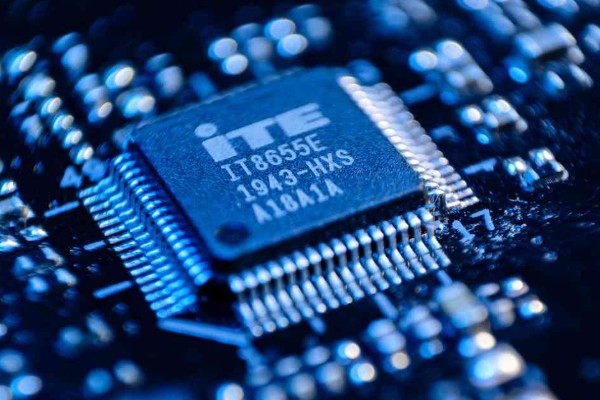Following the chaos of the CCP’s “chip-making movement”, many companies that fraudulently obtained high national subsidies have faced bankruptcy. Shanghai Wusheng Semiconductor Group Co., Ltd. (referred to as Wusheng Semiconductor), which claimed to have invested billions, operated for only four years. Unable to repay its debts and with insufficient assets to cover the debt, on August 28, the Pudong New Area Court in Shanghai declared the company bankrupt.
The court ruling indicated that on October 14, 2024, the court accepted the bankruptcy liquidation application of Wusheng Semiconductor Group Co., Ltd.; in December 2024, Wusheng Semiconductor Group Co., Ltd. applied for the compulsory liquidation of its wholly-owned subsidiary, Shanghai Wusheng Semiconductor Technology Co., Ltd. By August 2025, with only 1,100 yuan in assets, bankruptcy costs of 1,263 yuan, and debts exceeding 5.9 million yuan, bankruptcy became inevitable.
Public information reveals that Shanghai Wusheng Semiconductor was established in Shanghai in 2021 with a registered capital of 10 billion yuan. Shanghai Wusheng Electronic Technology (Group) Co., Ltd. (referred to as Wusheng Electronic) holds 77.362% of the shares, while China Semiconductor Co., Ltd. holds 22.638%. The legal representative and chairman are Zhang Jialiang.
At the 2021 Shanghai Global Investment Promotion Conference, its parent company, Wusheng Electronic Technology Group, announced the signing of the Wusheng Semiconductor project in Shanghai, with a total investment expected to be no less than 18 billion yuan and plans to complete the overall project construction within five years. This includes the construction of the entire industry chain, such as wafer manufacturing, packaging testing, and research and development design.
Wusheng Semiconductor Group under Wusheng Electronic mainly focuses on the manufacturing of LCD/OLED display driver chips and flash memory CIS camera chips and had planned to construct a 12-inch advanced production line project.
However, the fortunes did not last long, as the company, established for less than two years, including Wusheng Semiconductor and its parent company Wusheng Electronic Technology Group, faced bankruptcy liquidation.
Shanghai Wusheng Electronic was founded in November 2019 and entered bankruptcy liquidation in January 2023, being listed in the abnormal operation list by the Shanghai Market Supervision Bureau in July, and declared officially bankrupt in January 2024.
Another semiconductor project under Wusheng Electronic, Nanjing Wusheng Semiconductor Technology Co., Ltd. (later renamed “Xinyue Jixin Semiconductor”), launched an OLED chip production project in IDM mode on July 27, 2020. It was planned to commence construction in Longtan New City, Jiangbei Development Zone, Nanjing in October of the same year and start production in April 2022, mainly building a wafer factory, packaging testing factory, and IC design center with an expected annual output value exceeding 6 billion yuan. However, without any progress after the launch ceremony, the project completed bankruptcy liquidation in October 2023.
According to “Science and Technology Innovation Board Daily,” the legal representative of Shanghai Wusheng Semiconductor, as well as the chairmen of the two shareholders behind it, are all Zhang Jialiang, who is also a dishonest person subjected to enforcement actions. Wusheng Semiconductor was designated as one of the dishonest enterprises by the Supreme Court, leading the company to enter the bankruptcy liquidation process.
Some internet users commented that “Wusheng Semiconductor was once seen as a rising star in domestic semiconductors. In just four years, it went from being a ‘billion-dollar factory’ to having ‘only a few thousand yuan’ left, unable to even cover the cost of bankruptcy. The downfall of Wusheng illustrates that companies cannot rely solely on capital hype but must have genuine technical expertise and sustainable capabilities.”
Others noted, “At that time, the CCP government promoted a chip leap forward, leading to the emergence of many semiconductor companies that were created just to defraud the country’s chip subsidies.”

